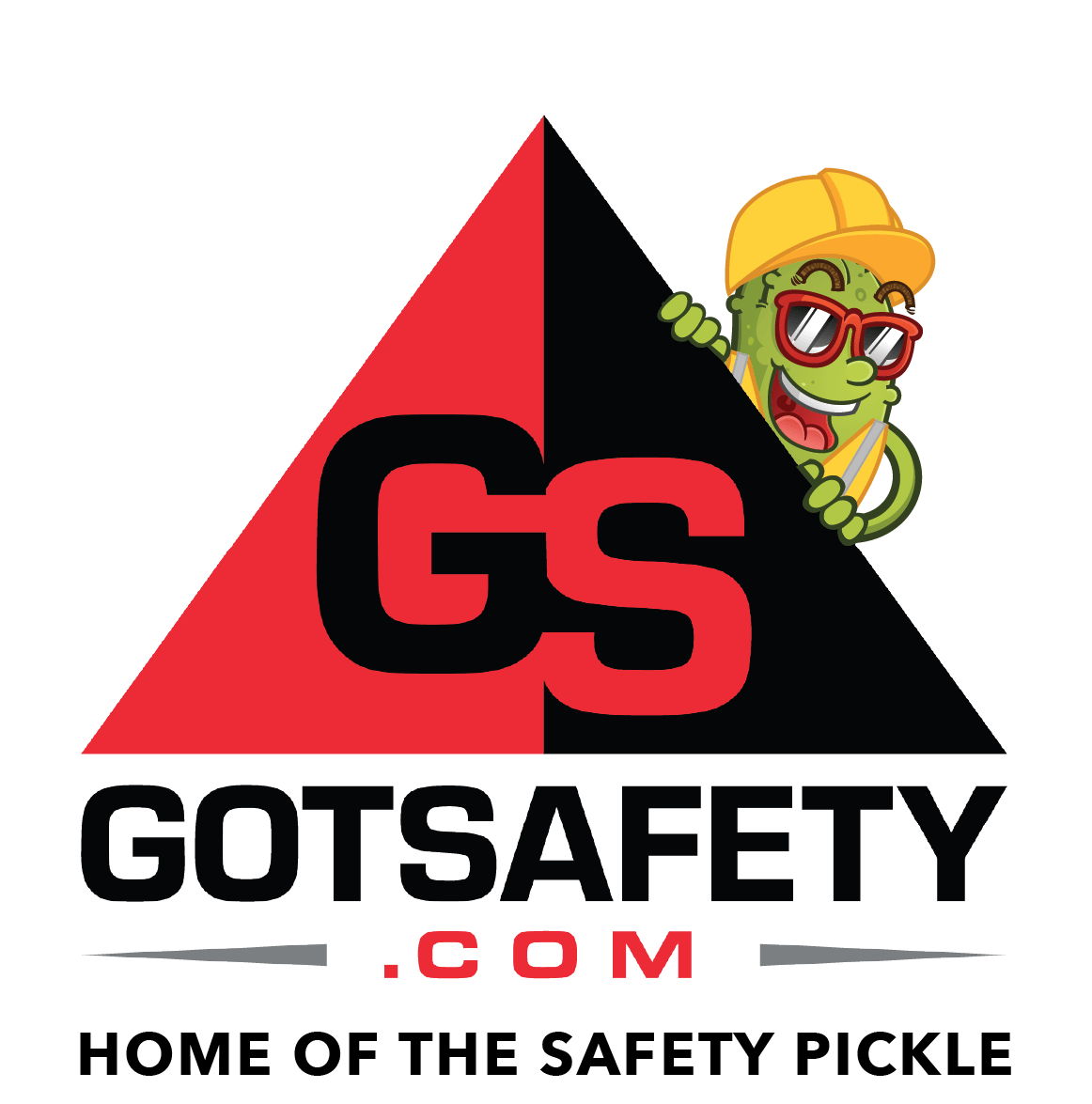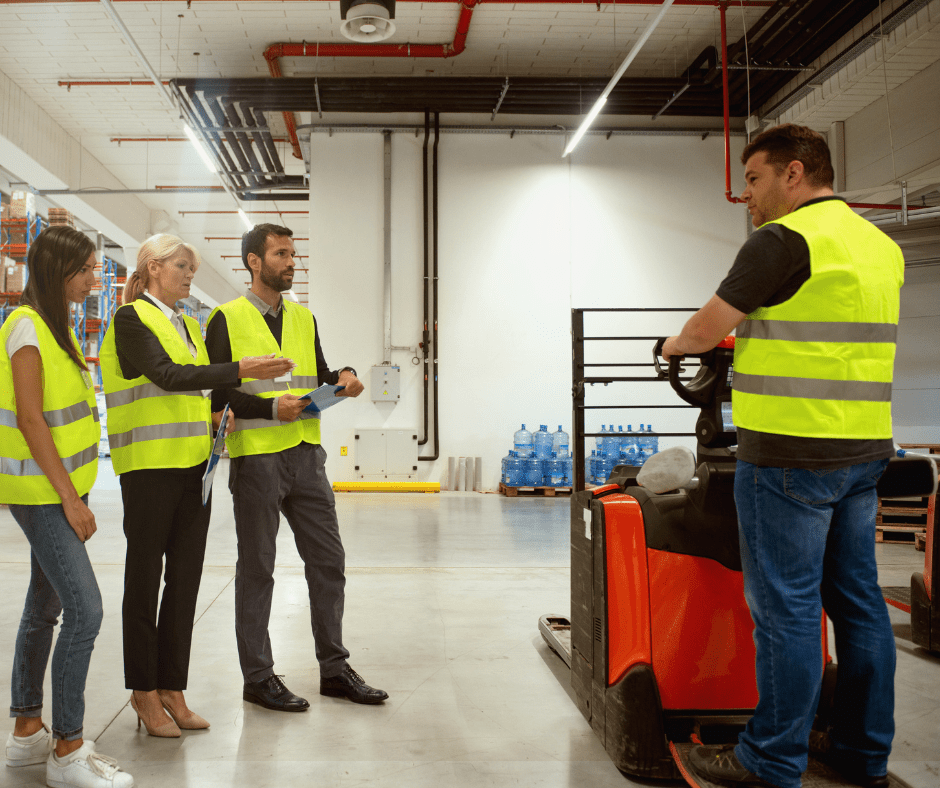Animal Processing Safety: Rendering
HAZARDS
-
Burning from the separation/purifying processes
-
Slipping and falling from the animal grease
-
Cutting from knives and machines
-
Other injuries from machines
-
Illness/diseases from improper housekeeping and the animal material; for example
-
Swine fever
-
Roundworms
-
Tetanus
-
Salmonella
-
-
Respiratory problems from breathing in bone particles or chemicals; for example
-
TB
-
Anthrax
-
Pneumonia
-

PREPARATION
By the time most accidents happen, it is too late to get things ready. Before you start the rendering process, be sure you:
- Have a spill kit set up and know where it is so you can clean up spills quickly to prevent slipping and contamination.
- Be sure you have been trained on how to properly work the machines, knives, and other equipment before you use them.
- Do not automatically assume you know how to use a machine; each one may be different.
- Also, be sure you have been properly trained on how to handle different chemicals used in the rendering process
- Consult the SDS (Safety Data Sheet) whenever there is a new material introduced into the process.
- Put together and inspect your Personal Protective Equipment (PPE). PPE will differ depending on your specific job. For example:
- If you are working with sharp objects, consider wearing gauntlets or mesh gloves to help protect your hands from cuts. However, if you are simply working with the animal material, you may simply need gloves to protect your hands from contamination.
- Goggles or eye protection if you will be working at a job where particles, fumes, or liquids could get into your eyes.
- Aprons or coveralls to protect your clothes and skin from contaminants.
- Shoes with non–slip soles when working in slippery areas.
- Always perform a mini hazard assessment before you begin work: Look around for potential accidents, and be sure you know what to do if they actually happen.
SAFE RENDERING
Once you are prepared to work in animal rendering, remember these tips when you work:
- Properly guard machines and avoid contact with moving equipment.
- Clean up standing water and other spills as soon as possible.
- Inspect all your equipment, and follow proper lockout/Tagout procedures if something is wrong.
- Stay away from unauthorized areas.
- Follow all warning signs and instructions.
CLEANUP
Leftover animal products can cause odors, breed bacteria, and attracts disease-carrying vermin, so it is important to clean up often and properly. Consider cleaning the equipment multiple times a day, and disinfecting it at the end of the day. Always check the equipment the next day to be sure it has been cleaned before you use it again.
CONCLUSION
Rendering is a necessary and important part of the food industry and other industries. However, the processes used can be dangerous, so it is important to be aware of the hazards and take the proper steps to prevent them.

